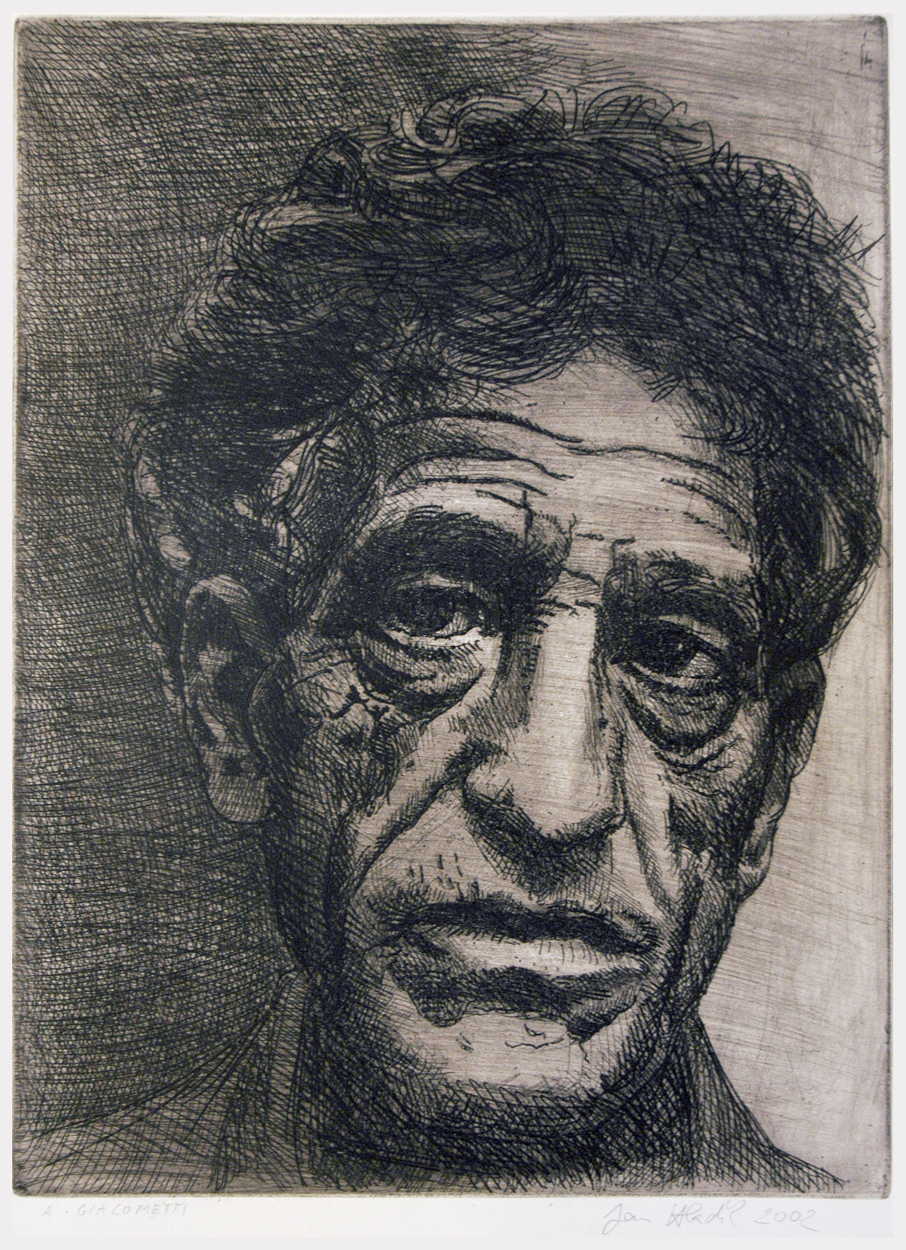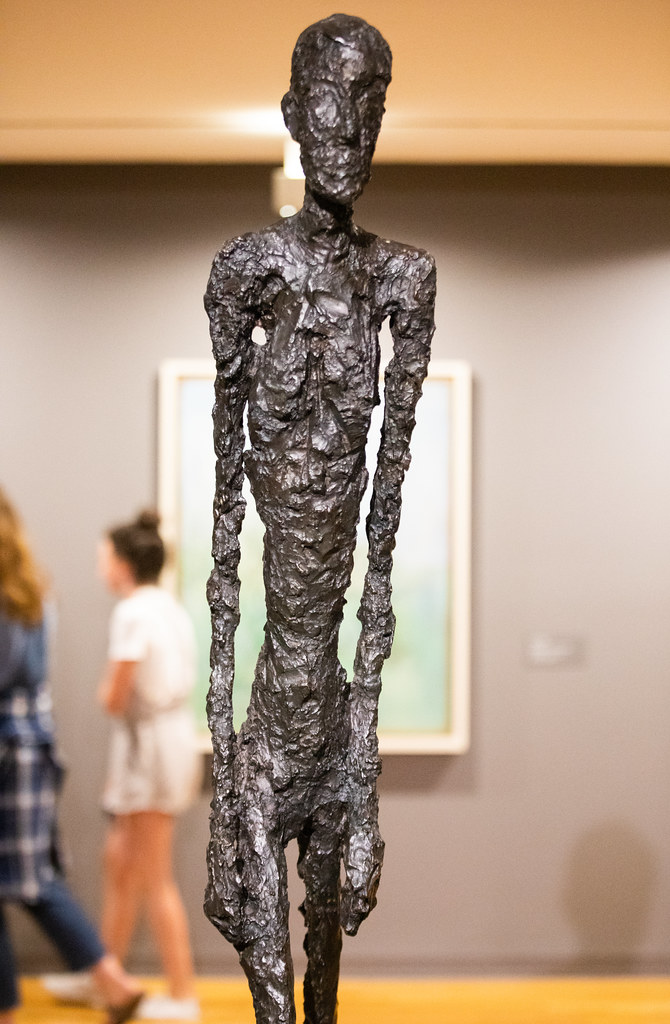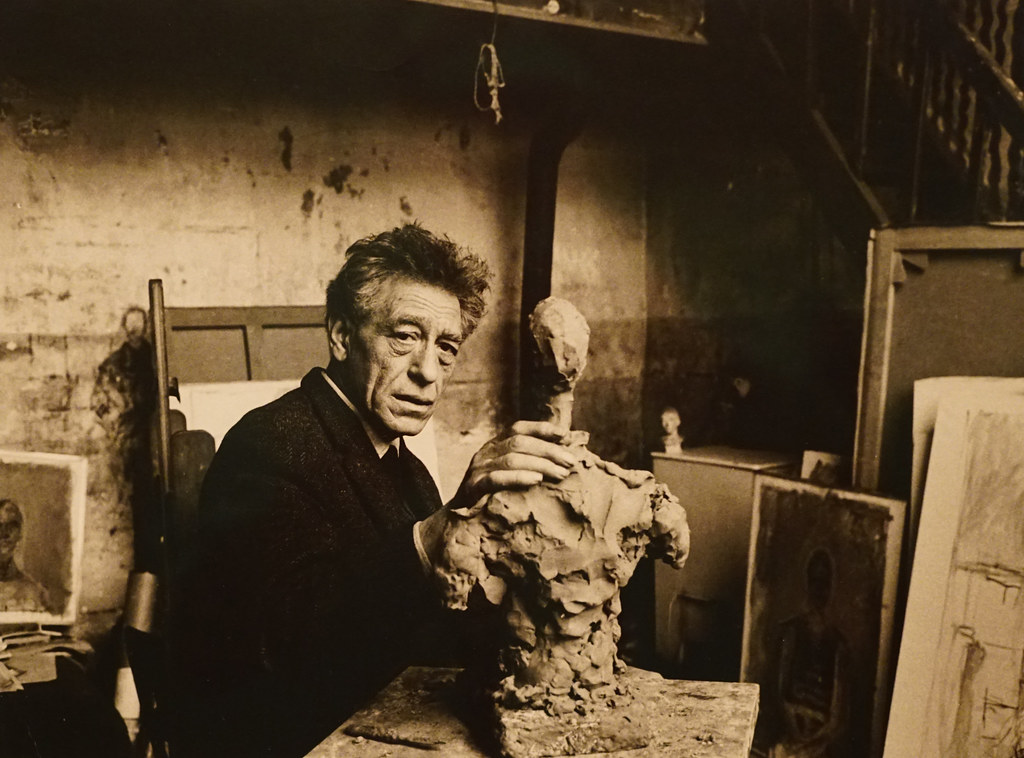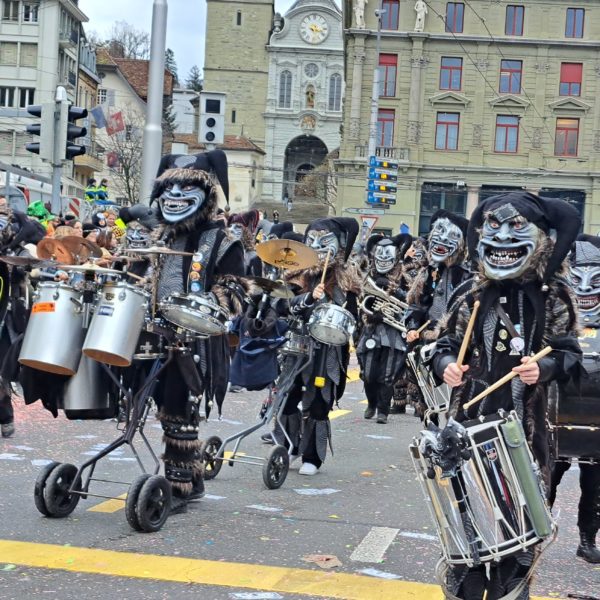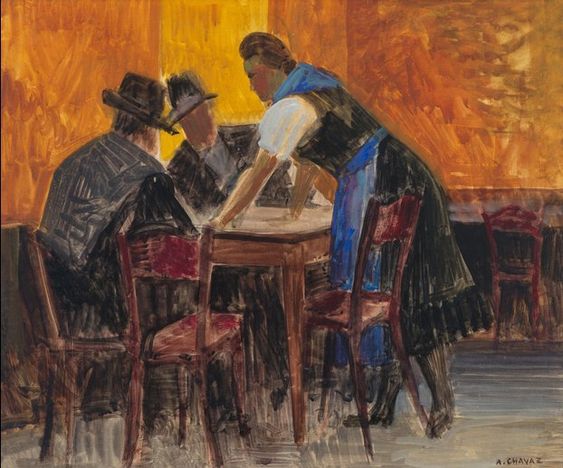Alberto Giacometti: A Master of Modern Art in Switzerland
Alberto Giacometti (1901-1966) was a Swiss sculptor, painter, draughtsman, and printmaker. He is considered one of the most important artists of the 20th century. Giacometti’s work is characterized by its elongated, attenuated figures, which have been interpreted as expressions of existential angst and alienation.
Early Life and Education
Giacometti was born in Borgonovo, Switzerland, in 1901. His father, Giovanni Giacometti, was a painter, and his mother, Annetta Giacometti-Stampa, was a member of a wealthy family from Stampa. Giacometti studied art in Geneva and Paris, and he was influenced by the Cubist and Surrealist movements.
Cubism and Surrealism
In the early 1920s, Giacometti moved to Paris, where he became involved with the Cubist movement. He was particularly influenced by the work of Pablo Picasso and Georges Braque. Giacometti’s Cubist sculptures are characterized by their geometric forms and their fragmented figures.
In the late 1920s, Giacometti became involved with the Surrealist movement. He was influenced by the work of André Breton and Salvador Dalí. Giacometti’s Surrealist sculptures are characterized by their dreamlike imagery and their use of automatic drawing.
Mature Work and Style
In the 1930s, Giacometti began to experiment with a more realistic style. He created a number of sculptures of human figures that are characterized by their elongated, attenuated forms. These figures have been interpreted as expressions of existential angst and alienation.
Giacometti’s work from the 1940s and 1950s is his most celebrated. During this period, he created a number of his most famous sculptures, including « The Walking Man » (1947), « The City of Women » (1950), and « Four Women on a Base » (1950). These sculptures are characterized by their elongated, attenuated figures and their sense of isolation and despair.
Famous Works
Some of Giacometti’s most famous works include:
- The Walking Man (1947)
- The City of Women (1950)
- Four Women on a Base (1950)
- Grande Femme I (1960)
- Chariot (1950)
Value of Giacometti’s Art
Giacometti’s art is highly sought-after by collectors, and his sculptures and paintings have sold for millions of dollars at auction. In 2015, his sculpture « L’Homme au doigt » sold for $141.3 million at Christie’s auction house in New York City, making it the most expensive work of art ever sold at auction.
Personal Life
Giacometti was a notoriously difficult artist to work with. He was often late for appointments, and he would frequently change his mind about the direction of his work. He was also a heavy smoker and drinker, and he had a number of health problems throughout his life.
Giacometti was married to Annette Arm in 1949. They had no children.
Death and Legacy
Giacometti died in Coire, Switzerland, in 1966. He was 64 years old.
Giacometti’s work is considered to be some of the most important and influential art of the 20th century. His sculptures and paintings are on display in major museums around the world.
Anecdotes
- Giacometti was once asked why he made his figures so elongated. He replied, « Because they are afraid. »
- Giacometti was also known for his sense of humor. Once, when a critic asked him why his sculptures were so expensive, he replied, « Because they are so small. »
- Despite his fame, Giacometti remained famously modest and reserved. Legend has it that when a friend visited his studio and complimented him on his sculptures, Giacometti replied, « I don’t know why you bother. They’re all rubbish. »
Alberto Giacometti was a complex and enigmatic artist who created some of the most important and influential art of the 20th century. His work is characterized by its elongated, attenuated figures
PROS
- Innovative Style: Giacometti's unique blend of realism and existentialism set him apart from his contemporaries.
- Profound Exploration of the Human Condition: His works invite introspection and reflection, resonating with audiences on a deeply emotional level.
- Enduring Legacy: Giacometti's influence continues to permeate contemporary art, inspiring generations of artists.
- Technical Mastery: His meticulous approach to sculpting and painting demonstrates a mastery of technique.
CONS
- Self-Doubt: Giacometti's relentless pursuit of perfection often led to self-criticism and doubt, causing him to destroy many of his own works.
- Narrow Subject Matter: Some critics argue that Giacometti's focus on the human form limited the scope of his artistic exploration.
- Limited Output: Despite his long career, Giacometti's output was relatively small, leaving collectors clamoring for his rare creations.

